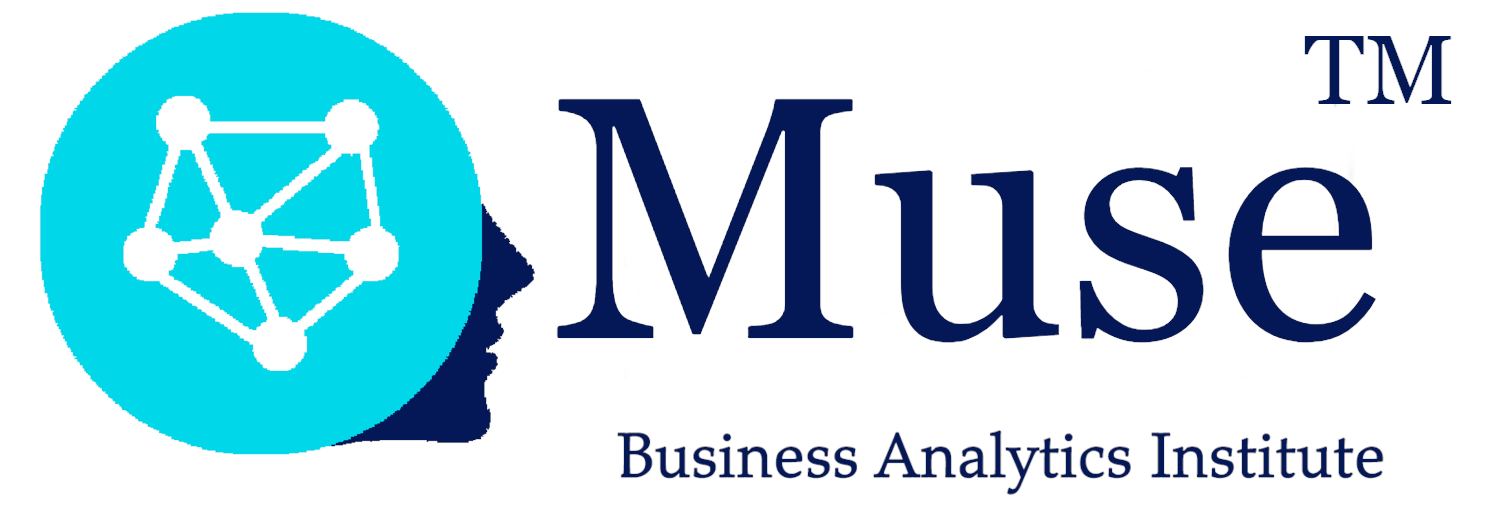Law
We look here at the unique legal and ethical challenges that both the legal profession and their regulators need to address.
As AI plays an increasing role in decision-making processes, the profession will need to address issues of bias, accountability, and transparency to ensure that AI systems produce pertinent and equitable.
The use of AI in the legal profession can be divided into three main areas:
Legal research;
Contract analysis;
Predicting case outcomes.
To begin with, AI-powered legal research tools are becoming more widely used by law firms, lawyers, and legal researchers. These tools enable them to search and analyze vast amounts of legal documents and case law both more quickly and more accurately than humans.
AI's natural language processing (NLP) capabilities allow applications to understand and extract relevant information from legal documents that can become the basis for legal arguments and litigation strategies.
On a different level, AI is already being leveraged contract analysis in reviewing contracts to identify legal issues, inconsistencies, and errors.
Finally, AI is also being used to predict the outcomes of litigation. Machine learning algorithms can analyze data from past cases to identify patterns and make predictions about how similar cases are likely to be decided.
This can help both lawyers and their clients better understand the strengths and weaknesses of their case and make more informed decisions about litigation strategy.
However, the articles reviewed here also pinpoint the potential challenges in using AI in litigation.
Several authors argue that AI systems could introduce or reinforce biases or inaccuracies in the legal process if they are not designed and implemented properly.
Additionally, they raise legitimate concerns about leveraging AI in sensitive cases, for example in criminal justice or national security, where the stakes are particularly high.
Overall, they conclude that the foreseeable impact of AI on the legal process will depend both on how it is implemented and regulated in practice and the degree to which it enhances human agency.

